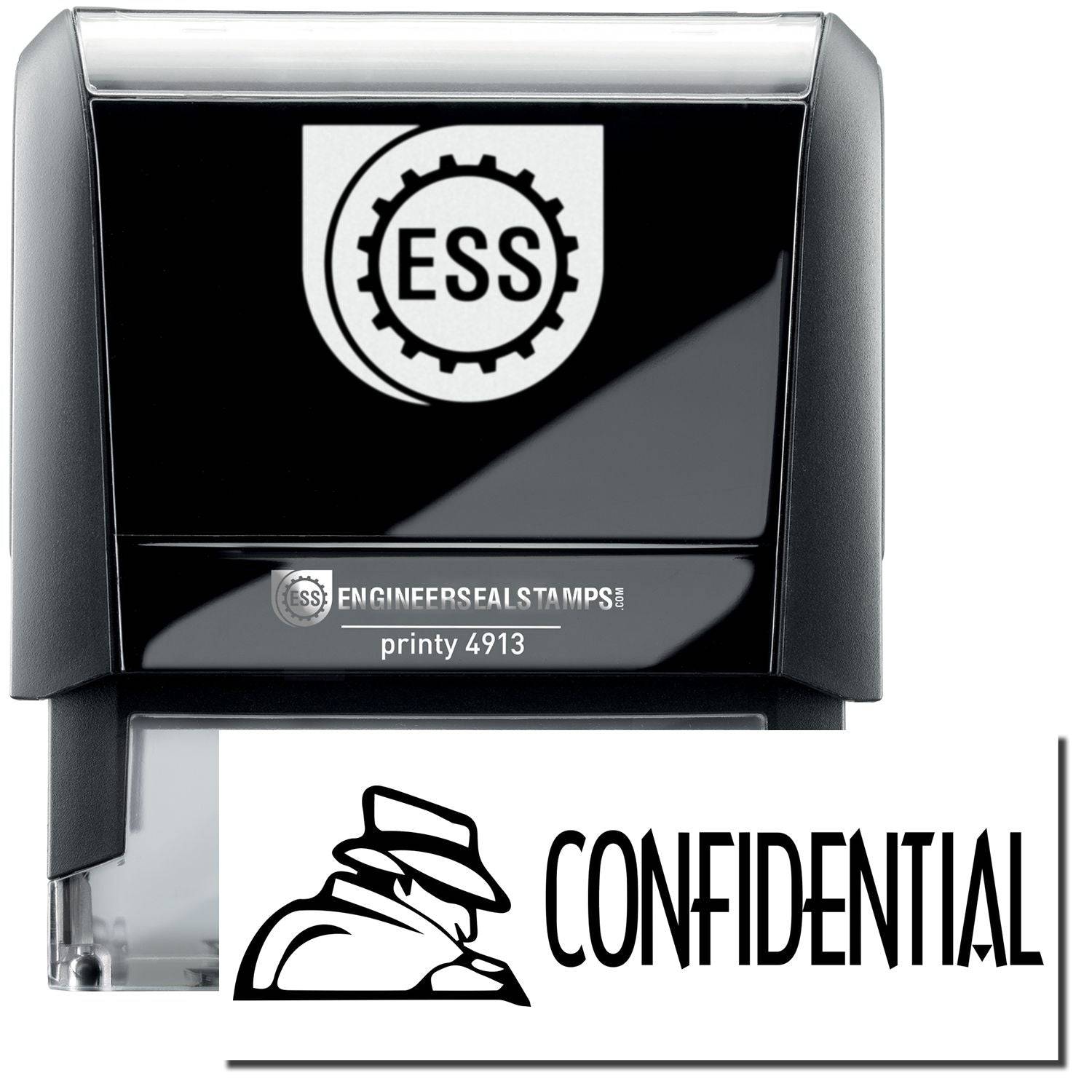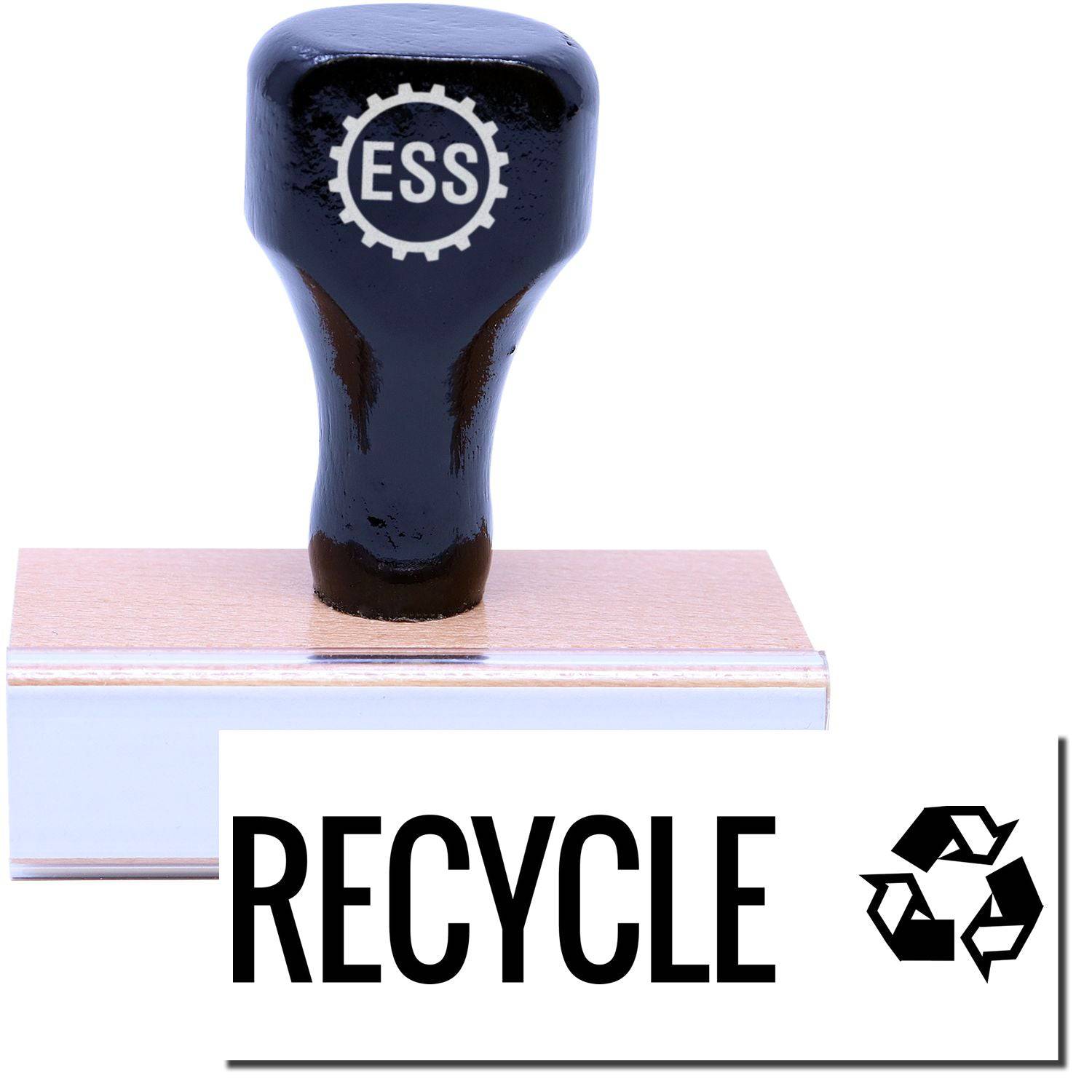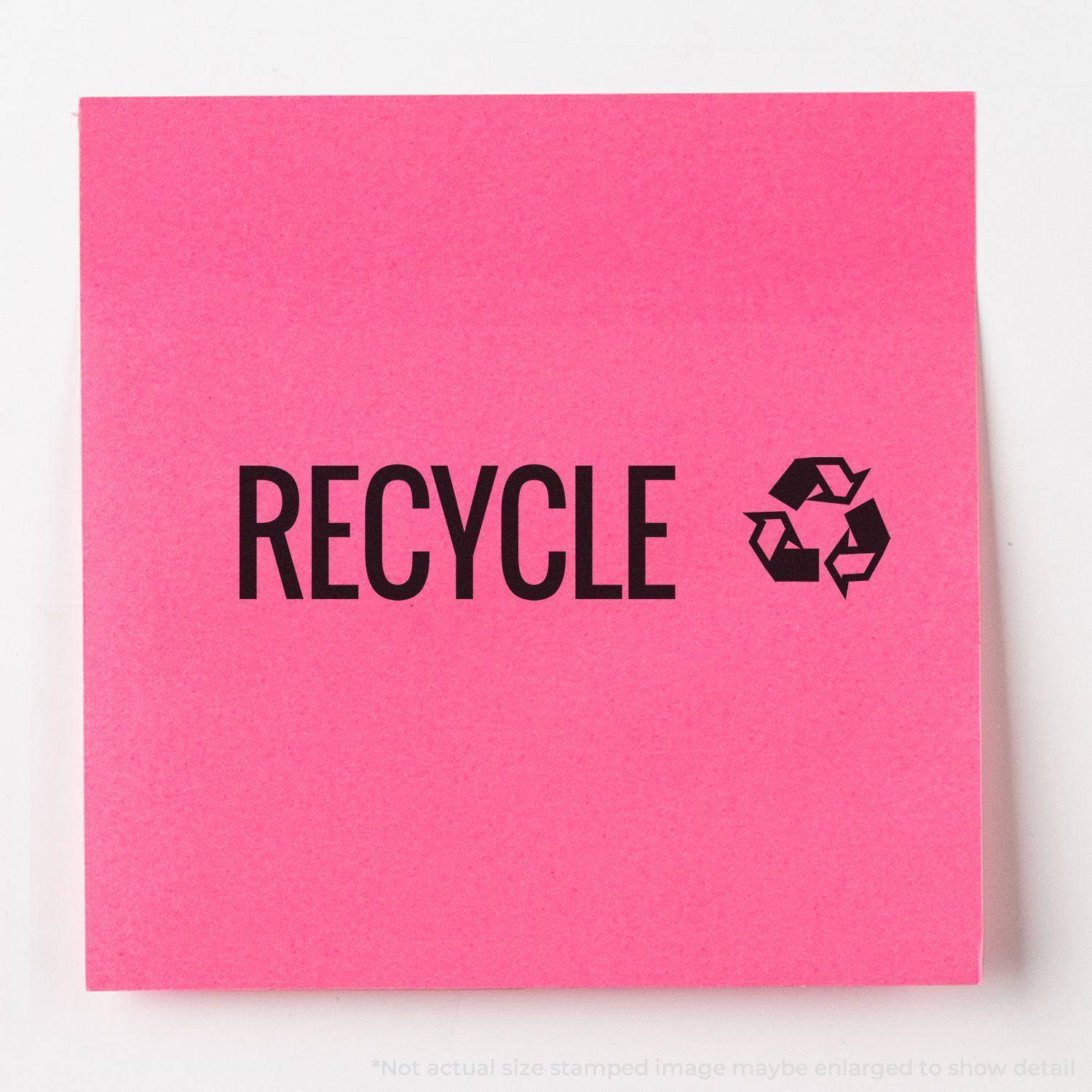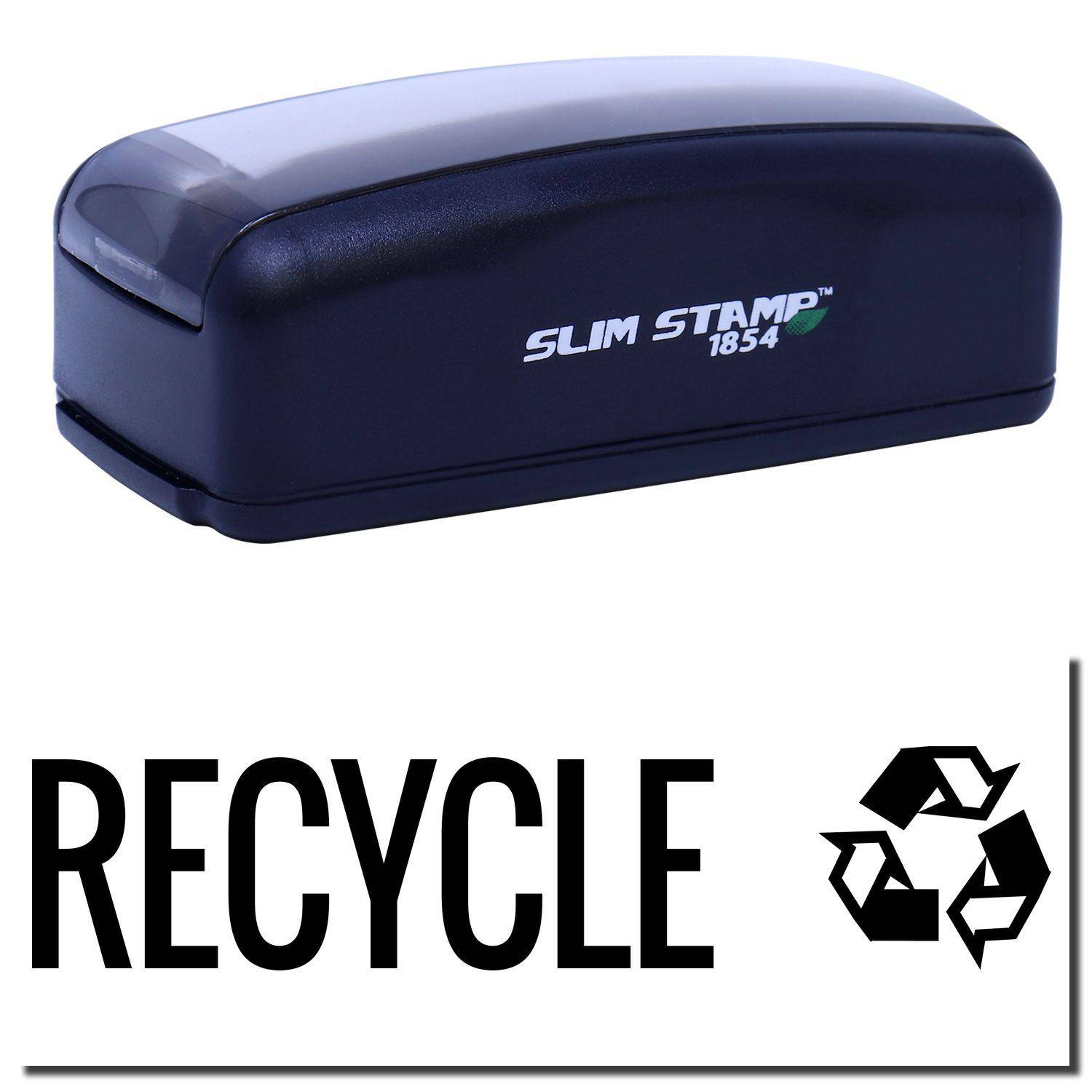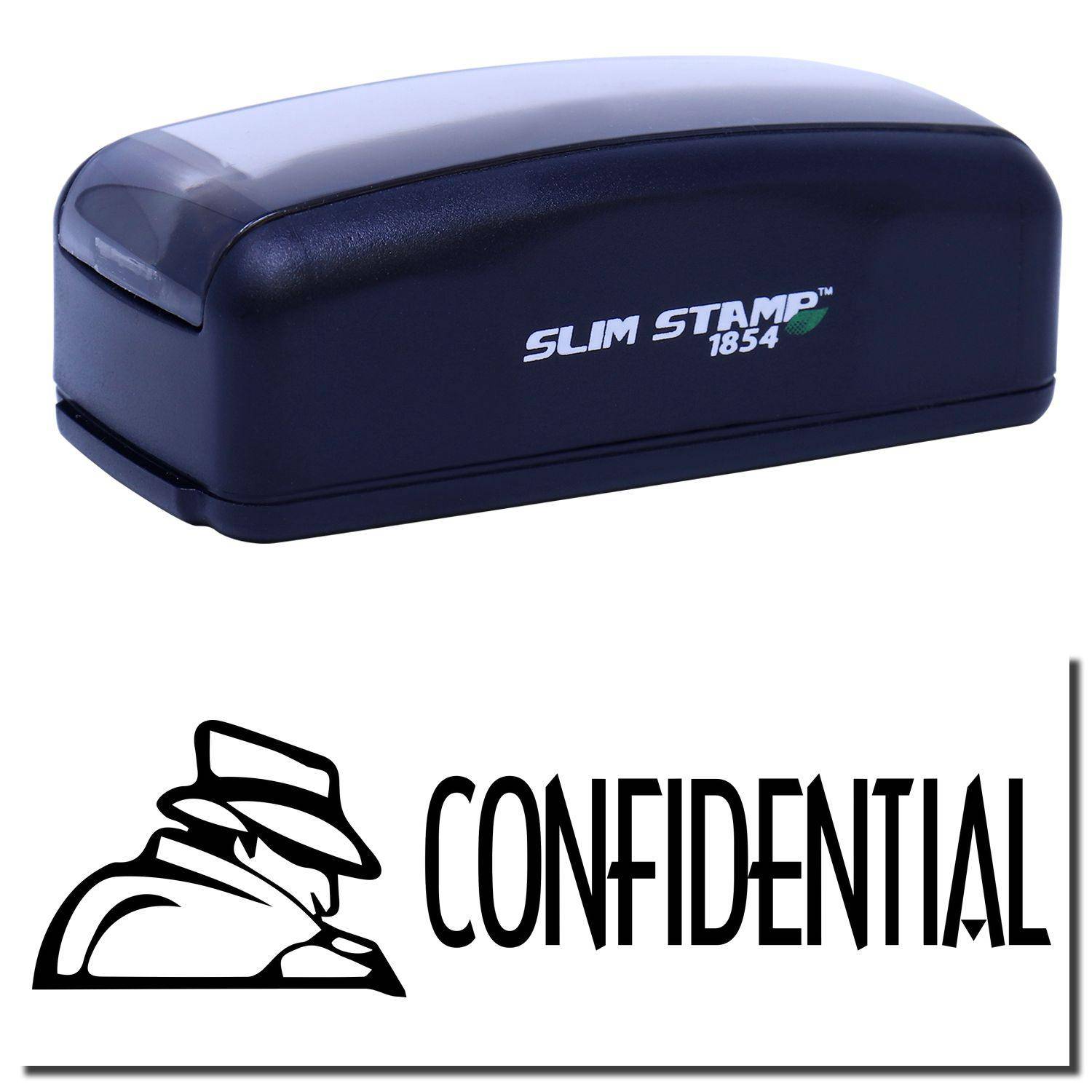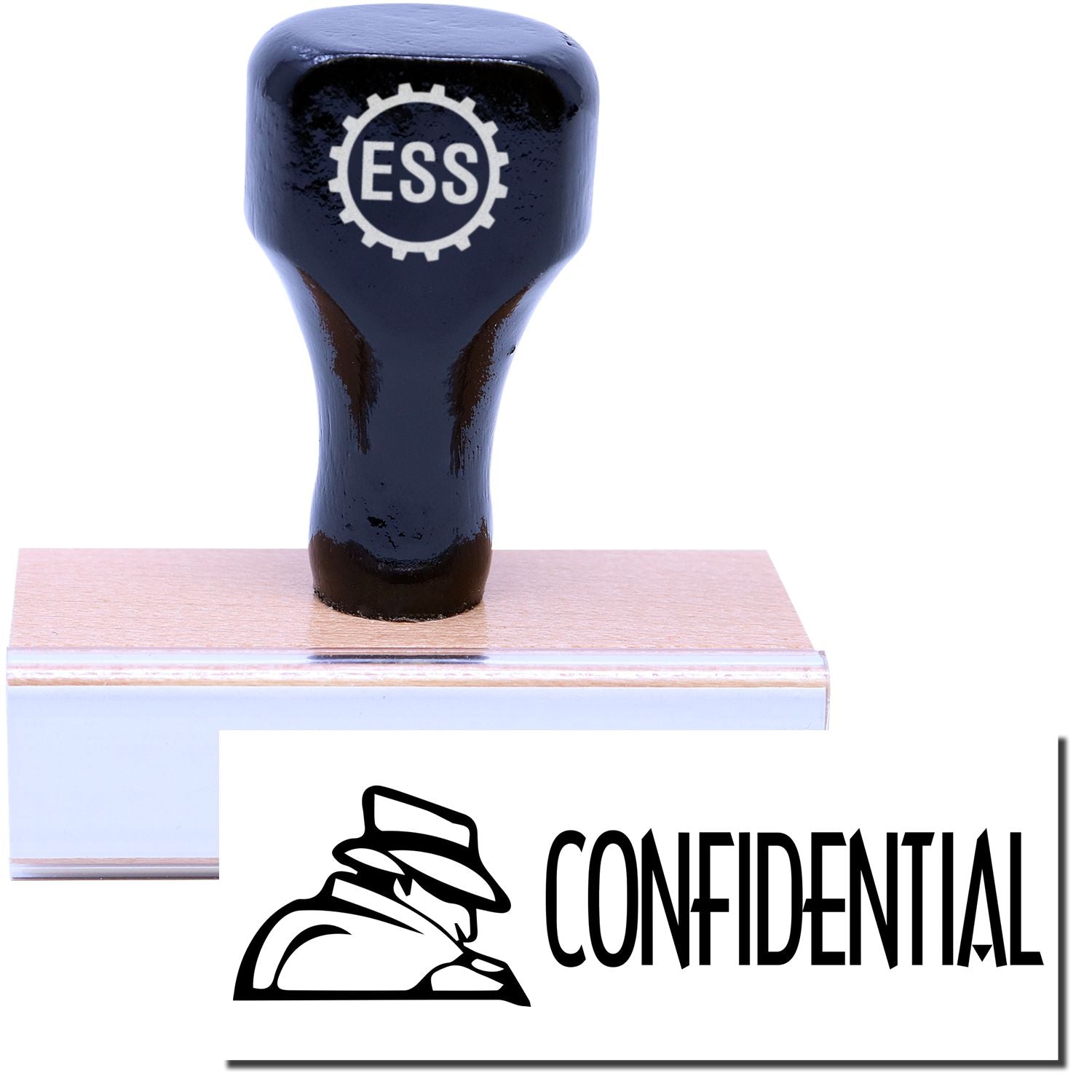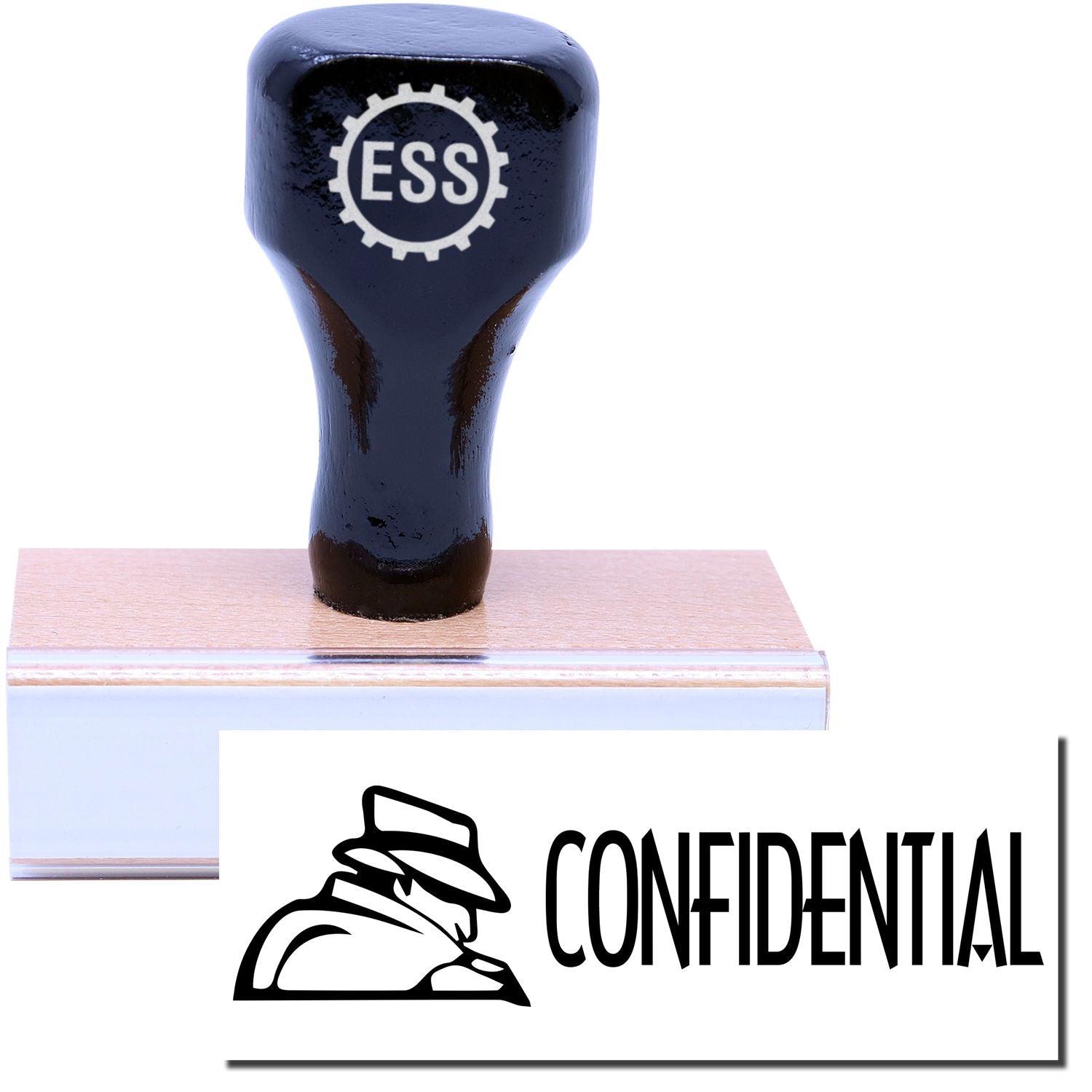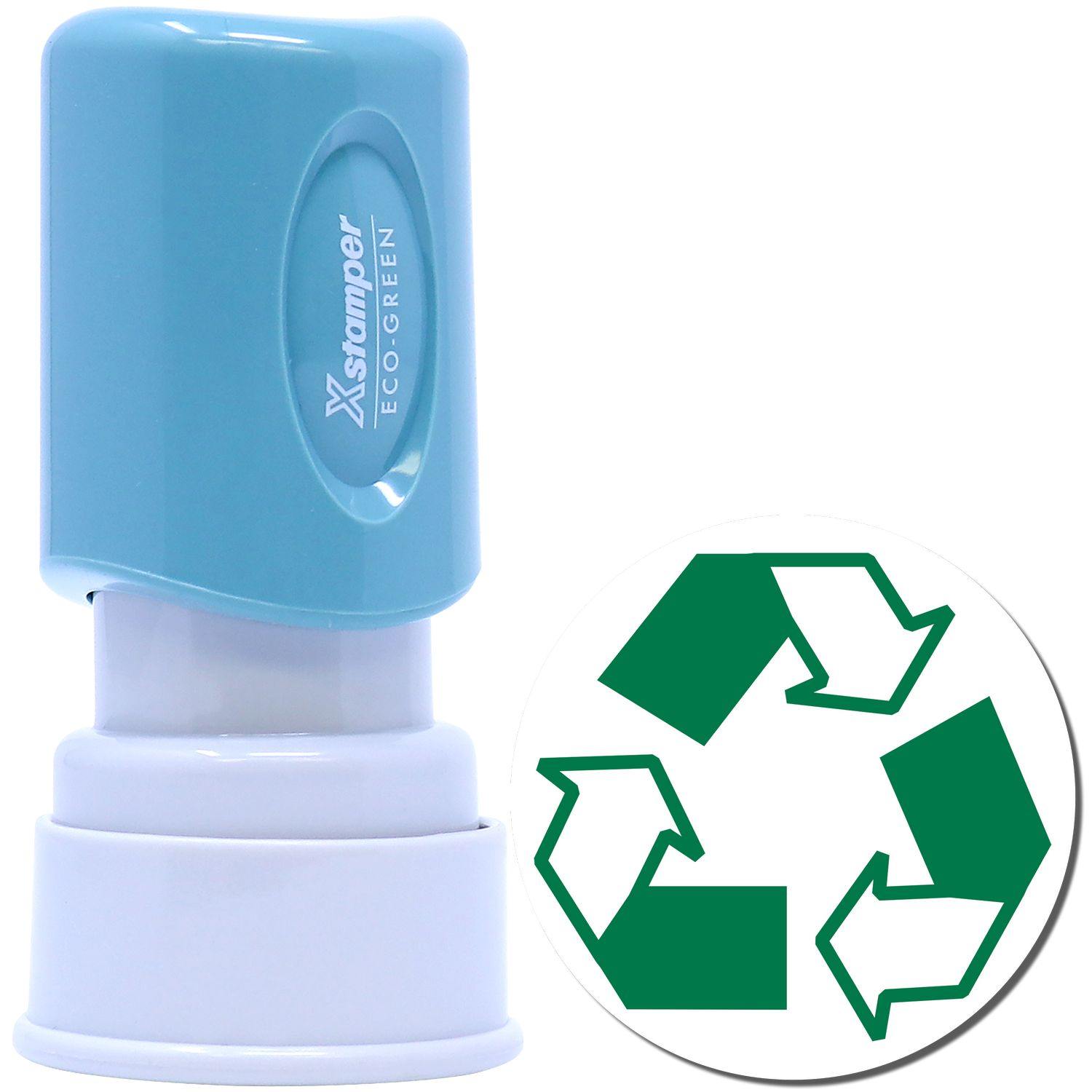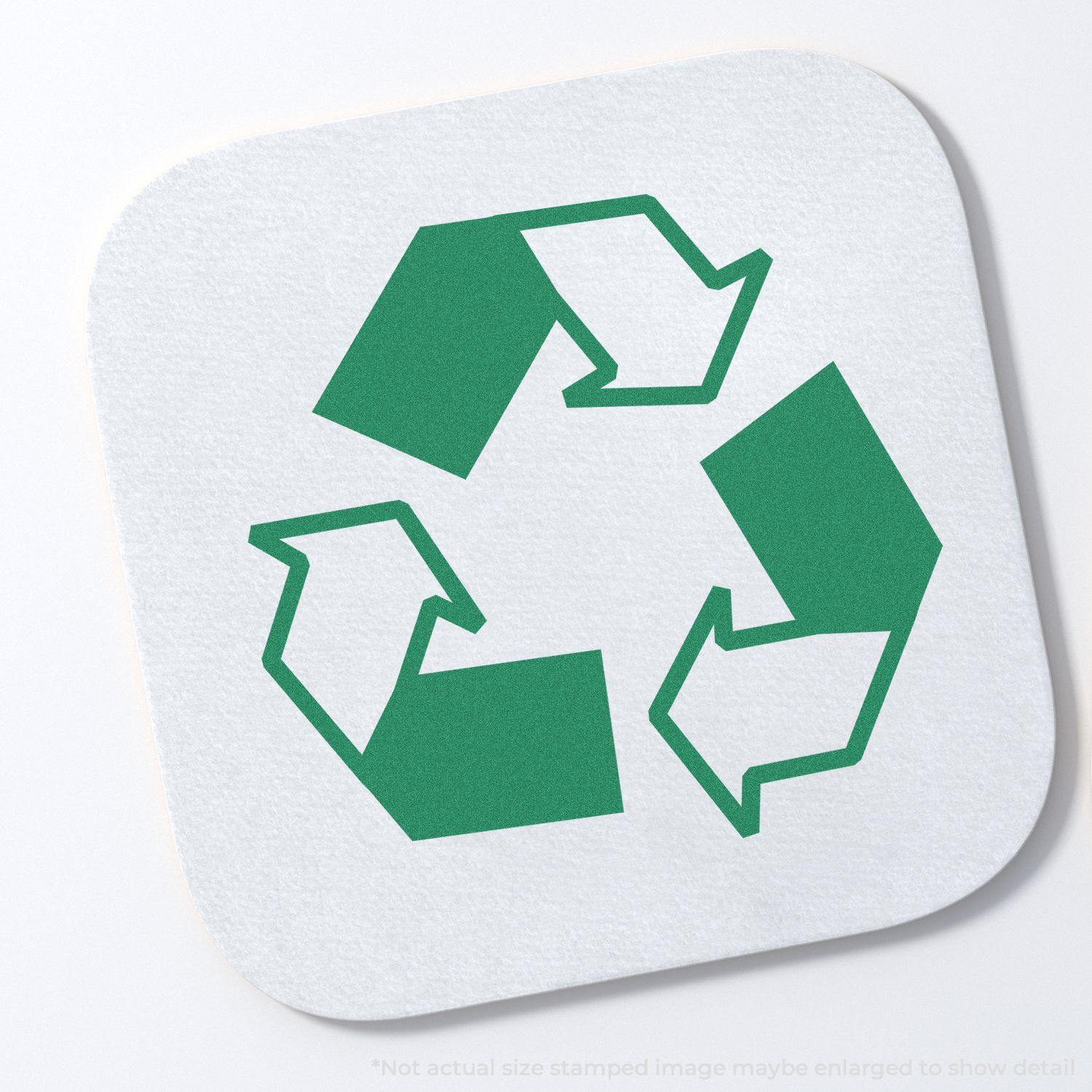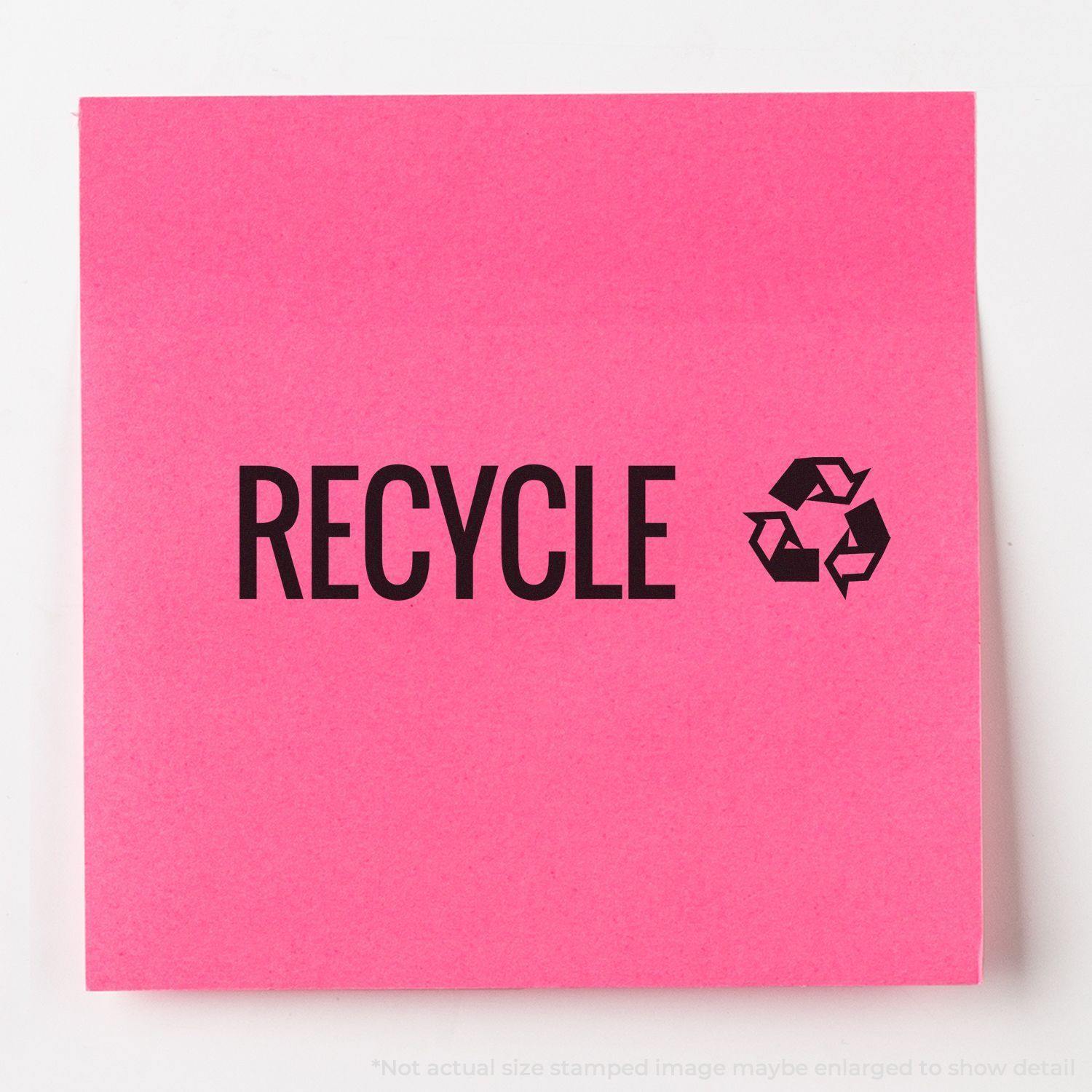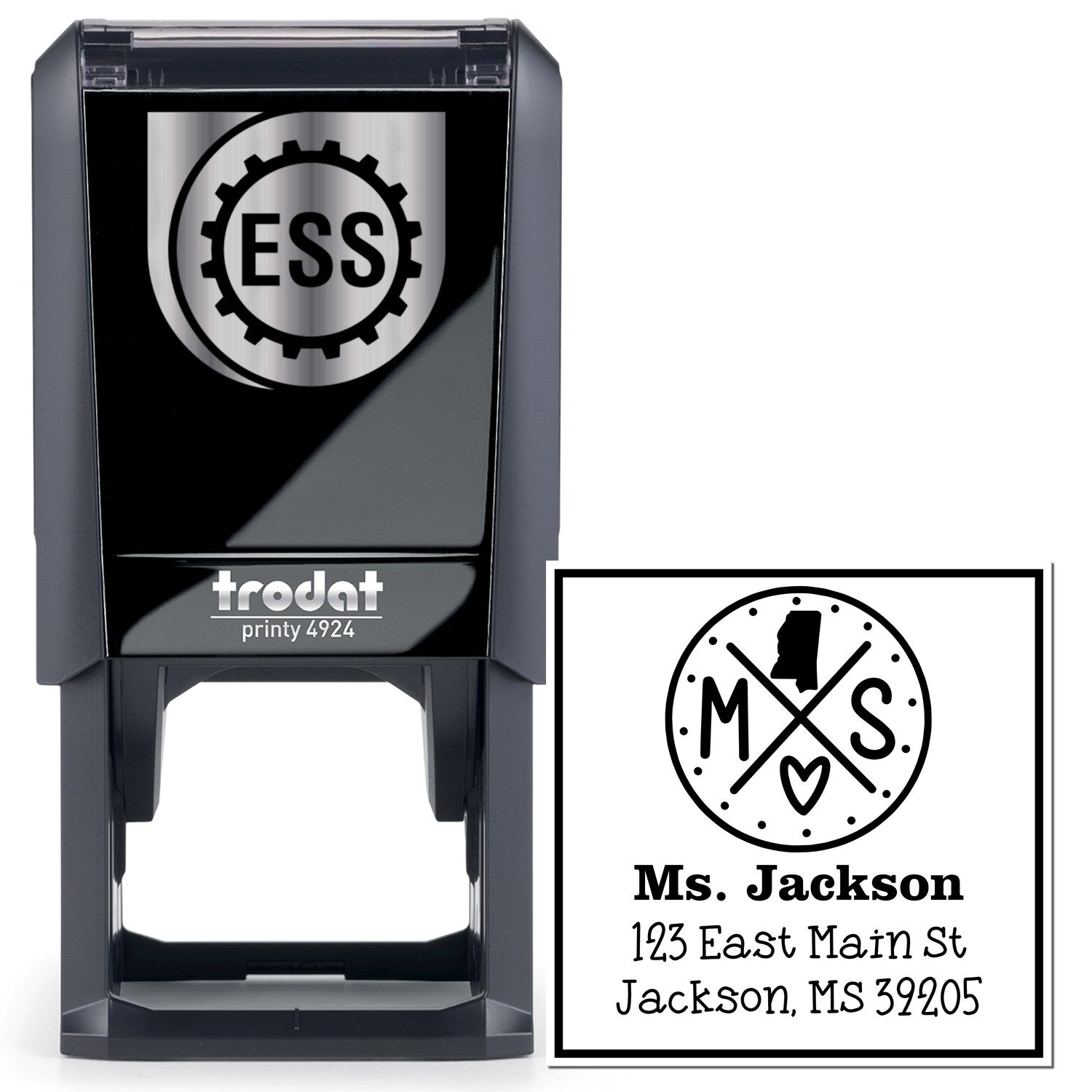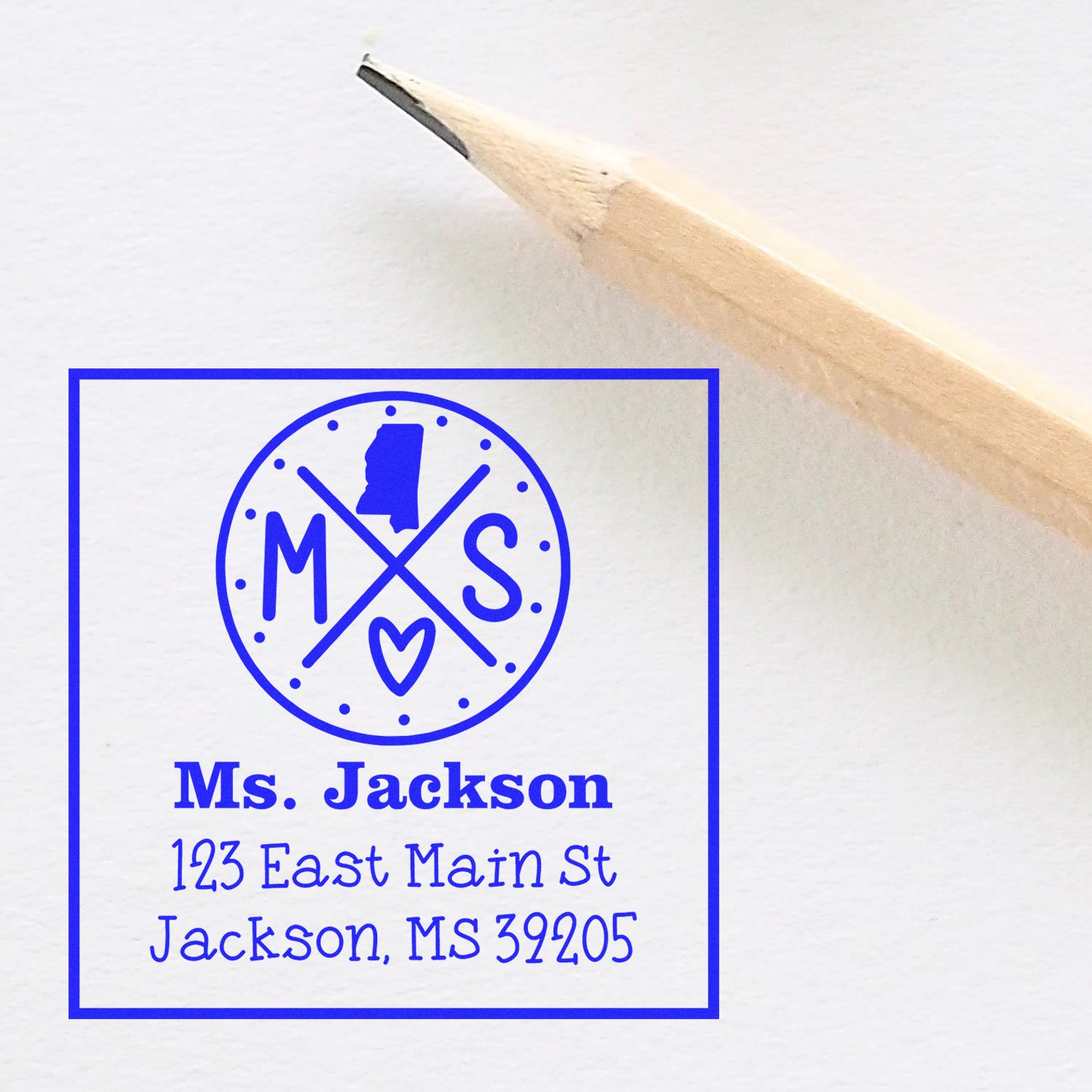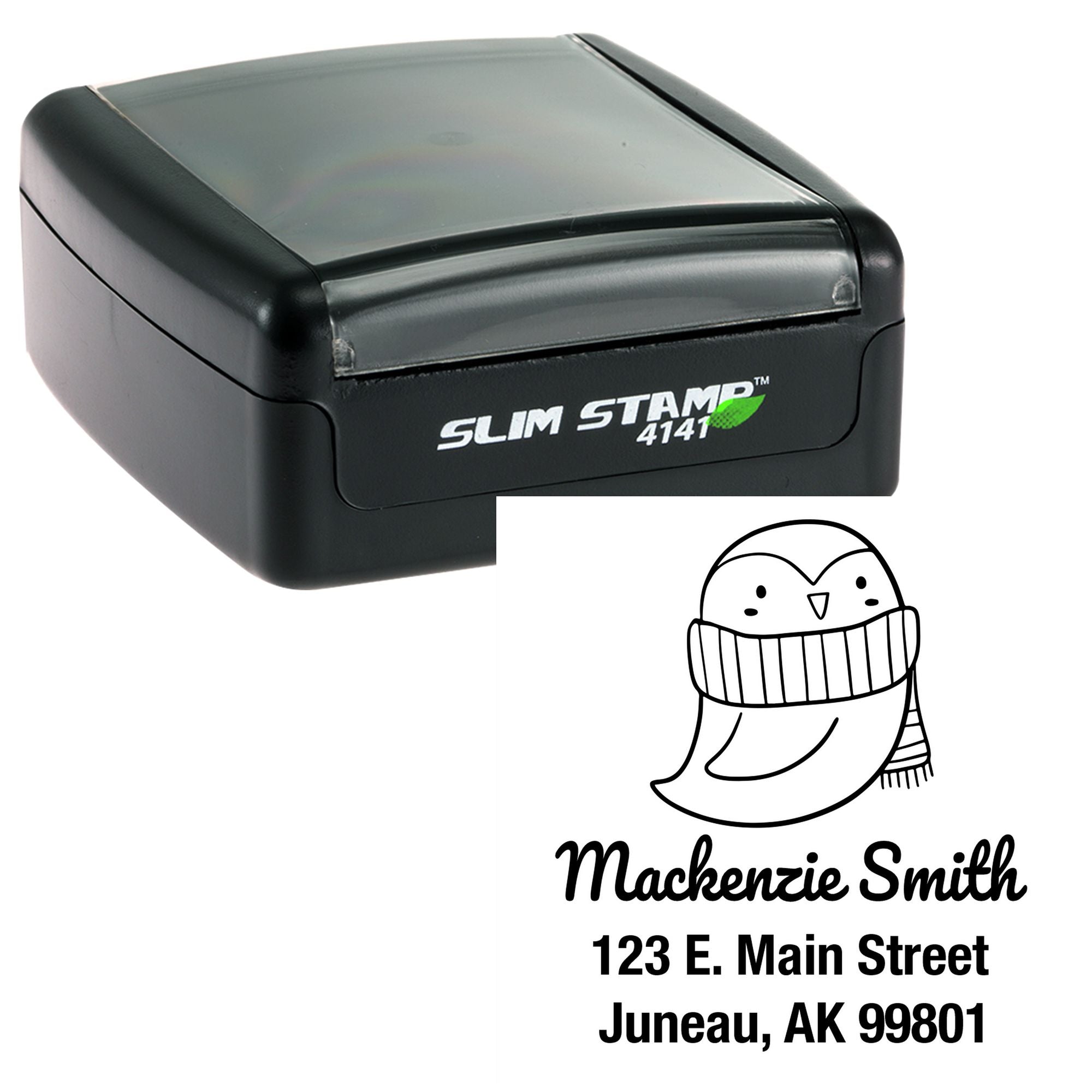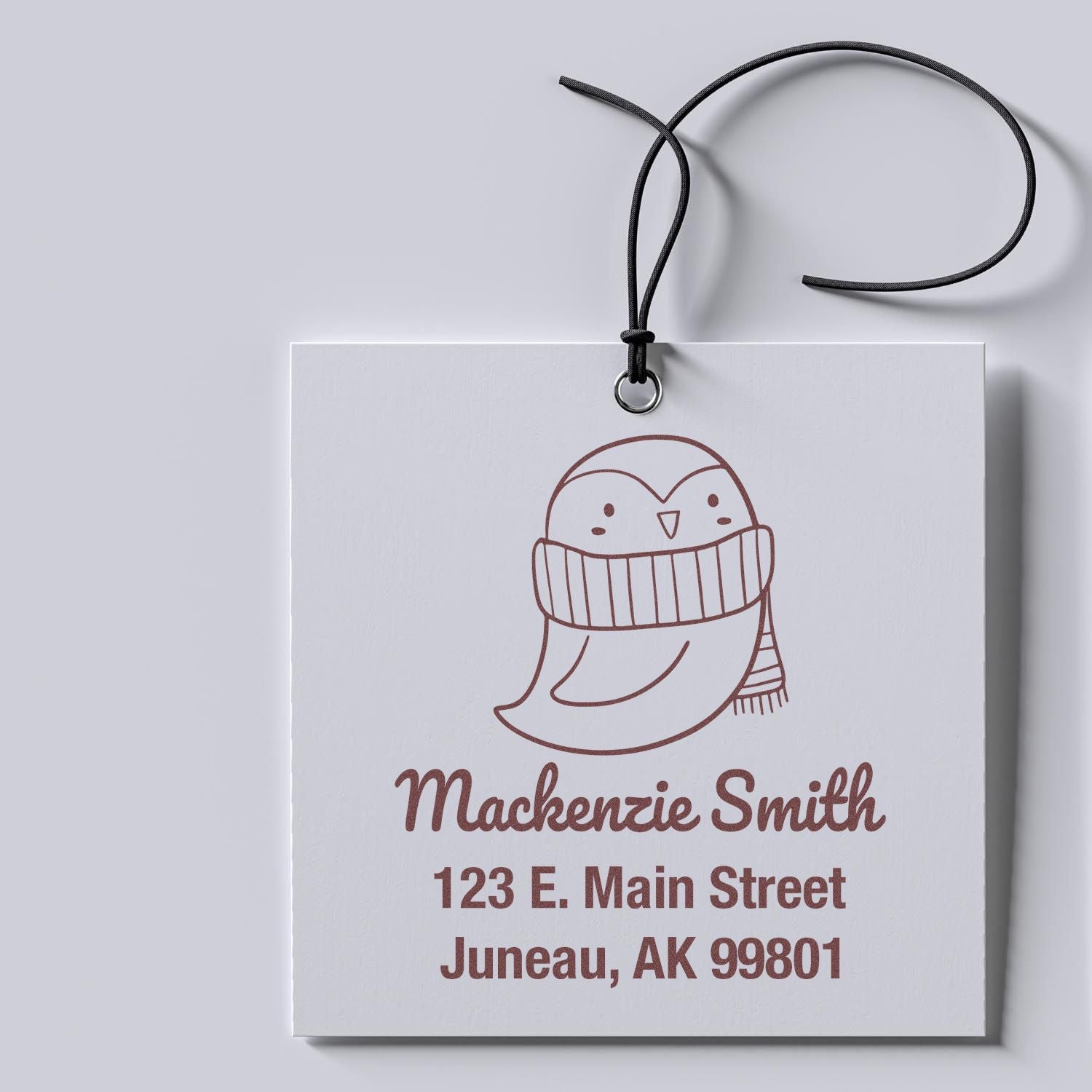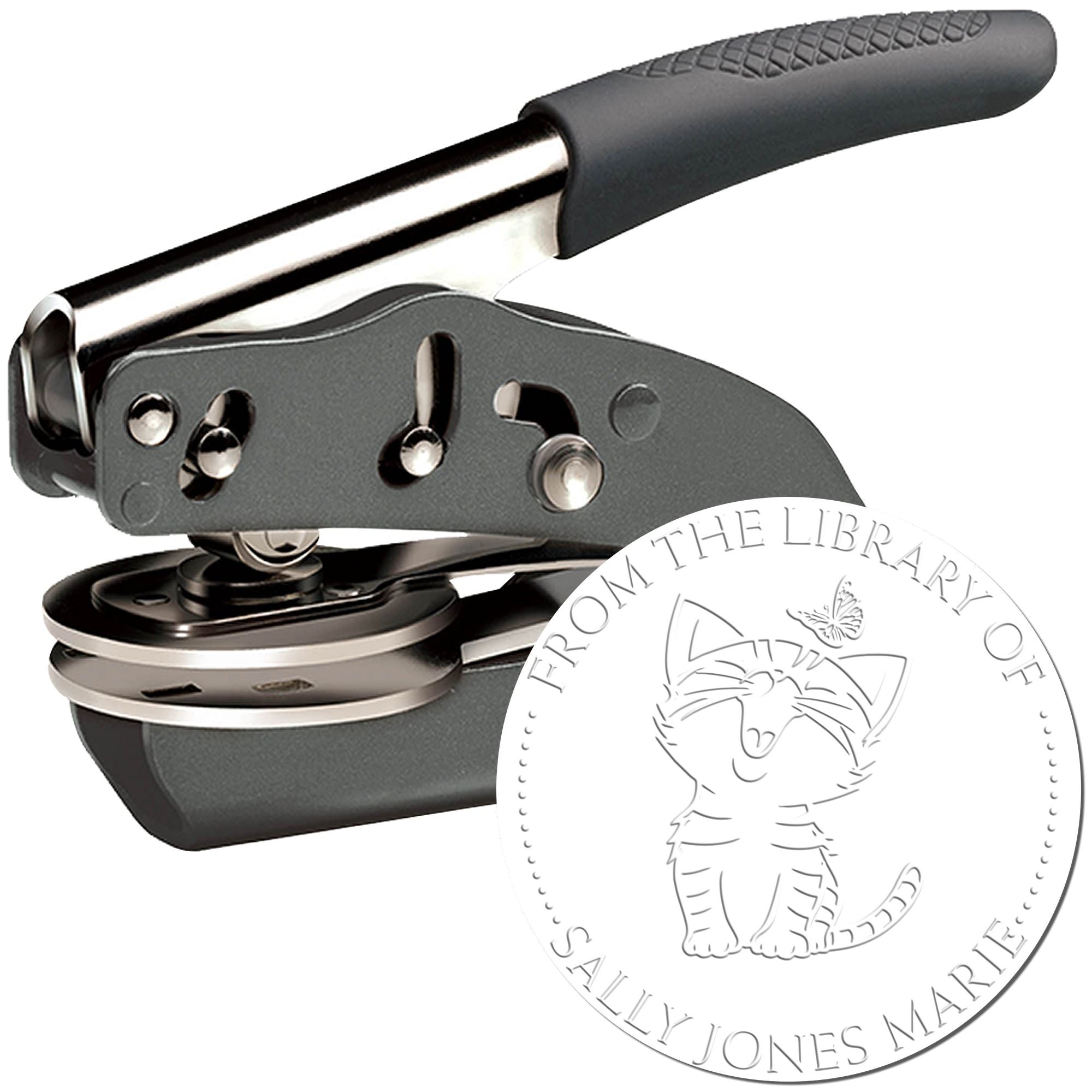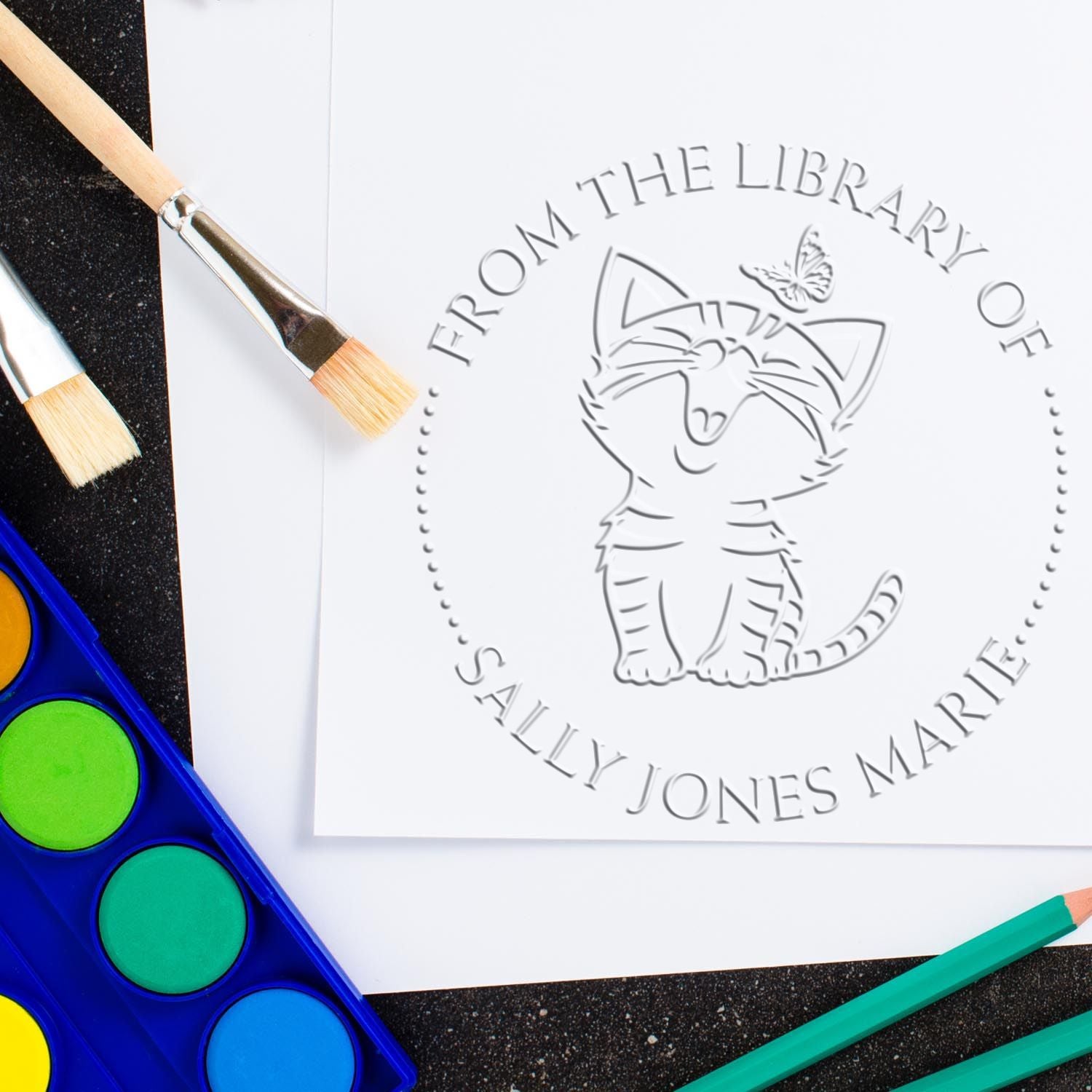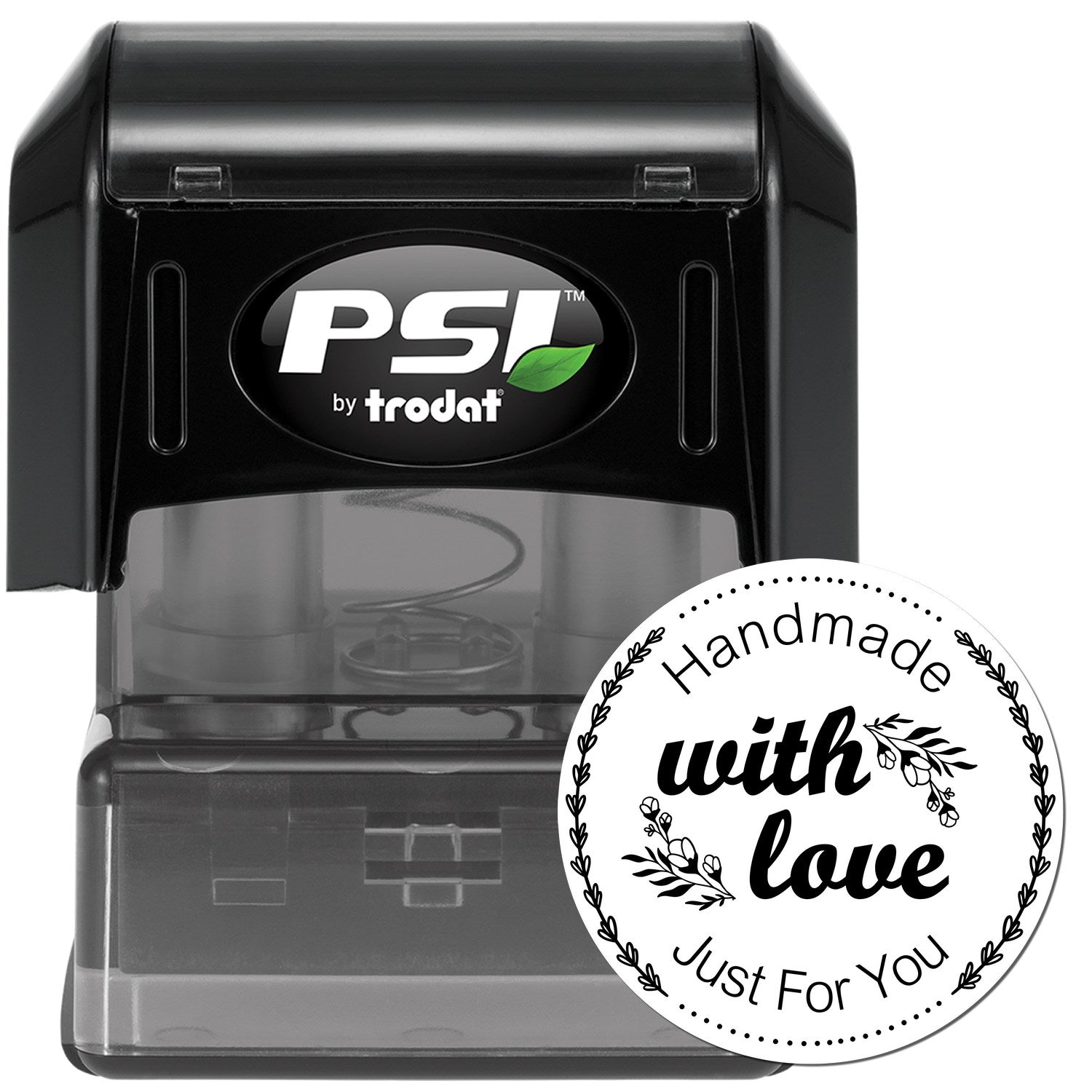Have you ever had to mark fabric or textiles for a specific purpose? If so, you know that many different types of marking stamps are available on the market. In this blog post, we will look at some of the most common types of fabric and textile marking stamps and discuss the pros and cons of each type. Hopefully, by the time you finish reading this post, you'll have a good idea of which type of stamp is best for your needs!
What Are Fabric Or Textile Marking Stamps Used For?
Fabric or textile marking stamps are used to mark fabric so that it can be easily identified. The fabric is usually marked with a stamp that has the name of the company or the fabric designer, a design or a message, a date or a time, a logo or a trademark, a code, a number, a letter, an insignia, and a picture. Fabric or textile marking stamps work with a special ink that will not wash out in the laundry.
How Do They Work?
There are several ways to use fabric stamps. One way to use them is by using a pad. This method is good for small projects. You can also order them as self inking stamp which can be easier when stamping on several items. Many companies make fabric stamps. Some companies specialize in making custom stamps. Some companies make ready-made stamps. Ready-made stamps are usually less expensive than custom stamps. Custom stamps can take longer to receive because they are made specifically for the customer's project.
Types Of Fabric Or Textile Marking Stamps Available On The Market
There is a variety of fabric or textile marking stamps available on the market, each with its advantages and disadvantages. Here is a look at some of the most popular types of fabric stamps:
Self-Inking Stamps
A self-inking stamp is a popular choice for fabric marking because they are quick and easy to use. Simply press the stamp onto the fabric and it will leave a clear, precise impression. The main downside of self-inking is that they have a limited number of sizes.
Rubber Stamps
A rubber stamp has been around for centuries and is still a popular choice for fabric marking. Rubber stamps offer a high level of precision and can create intricate designs. However, using a rubber stamp requires a separate ink pad, which can be messy to use. In addition, the stamps themselves can be difficult to store and transport.
Name Stamps
A name stamp is a popular choice for fabric marking because they offer a high level of customization. Name stamps can be made with any text or design, making them perfect for businesses or individuals who want to create their unique stamps. However, name stamps can be more expensive than other types of stamps as they are custom made.
Custom Stamps
A custom stamp offers the ultimate flexibility when it comes to fabric marking. You can choose your design, size, and shape to create a stamp that is uniquely yours. Custom stamps can be expensive, but they are an excellent investment if you need a unique or one-of-a-kind stamp.
Clothing Stamps
There are a variety of clothing stamps available on the market, each designed for specific types of fabrics. These stamps allow you to mark your clothing quickly and easily with care instructions, size information, or other important details. Clothing stamps can be found in both self-inking and rubber varieties.
When it comes to your stamp ink
How To Use A Fabric Or Textile Marking Stamp
- To start, you will need textile ink and a textile marking stamp. The textile ink is specially formulated to be used on natural fabrics such as cotton, wool, and linen. It is important to use the right type of ink so that the design will not bleed or fade.
- Next, decide what design you would like to use for your stamp. If you are marketing children's clothing, you might want to use a cartoon character or other fun image. Kids' clothes tend to sell well when they have cute designs that appeal to young children.
- Now it is time to stamp your design onto the fabric. Place the textile stamp onto the fabric and apply pressure evenly so the entire design is transferred onto the fabric.
- Allow the textile ink to dry completely before using or washing the fabric. The textile ink will become permanent once it is dry, so you don't have to worry about it washing away in the washing machine. congratulations! You have successfully used a textile stamp to add a unique design to your fabric!
How To Buy Fabric Or Textile Marking Stamps
Engineersealstamps.com is the best place to buy your textile or fabric marking stamps. They offer a wide variety of stamps to choose from, as well as a user-friendly ordering process. Here's how to buy fabric or textile marking stamps from Engineersealstamps.com:
- Choose the stamp you want. Engineersealstamps.com offers a wide variety of stamps, so you're sure to find one that suits your needs.
- Customize your stamps depending on the design or logo you want to put on your fabric or textile.
- Enter your shipping information, so you can get your stamps no matter where you are.
- Enter your payment information. Engineersealstamps.com accepts major credit cards and PayPal, so you can pay for your stamps in the way that's most convenient for you.
- Place your order and wait for your stamps to arrive!
Whether you’re a tailor, a textile worker, or you just enjoy sewing as a hobby, fabric or textile marking stamps can be a helpful addition to your toolkit. By allowing you to add patterns or designs quickly and easily to your fabric, these stamps can help you take your projects to the next level. And with so many different options available on the market, it’s easy to find a stamp that meets your specific needs. So why not give them a try? You might be surprised at how much they can help improve your work.


